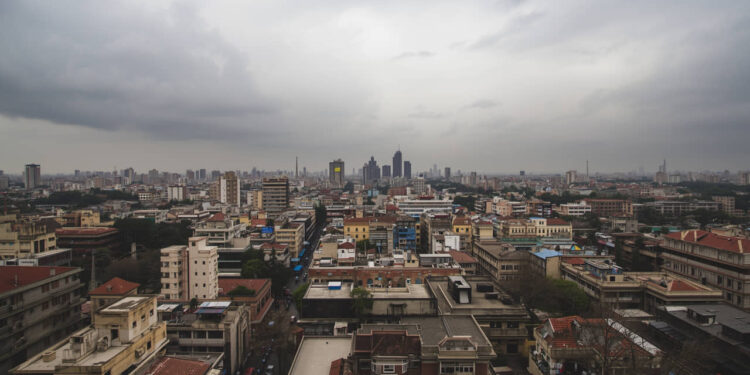The latest cloud seeding tests carried out in Delhi a week ago proved fruitless, as they failed to bring any rain to the extremely polluted Indian city. Even though the city made multiple attempts to trigger artificial rain, the corresponding scientific and environmental authorities suggest that the moisture levels present in the air during the tests were insufficient to generate rain through cloud seeding. The joint initiative, conducted by the Delhi government and IIT Kanpur, aimed to produce rain by dispersing silver iodide and sodium chloride into the sky using aircraft over several districts in the city. Due to the lack of moisture, which the Delhi winter typically provides in only 10-15%, the present weather conditions do not support this method.
Cloud seeding functions by either attracting more water vapour to the droplets, causing them to grow heavier and thus fall to the ground as rain. This practice requires the presence of moist, convective clouds with a humidity level of at least 40-50%. Sadly, Delhi’s contemporary environmental scenario, notably affected by dry air defects caused by the escape of vapour into rapidly forming regional weather systems and exacerbated during wintertime, is not sufficiently moist to support cloud seeding operations. Both the aforementioned seedings on October 28 and earlier in the same month produced practically no rain, with only a little fragile material reportedly dropped in certain nearby areas, such as Noida and Greater Noida. In contrast, IIT Kanpur noted a decrease in particulate matter and organic pollutant ions in the air, which may have been due to other components inducing material settling during the cloud seeding operations. There was no substantial rain, which implies that the ultimate aim of the project, the cleaning of the air, was not achieved.
This failure demonstrates that cloud seeding is not a viable solution for Delhi’s air pollution dilemma. Several experts and climatologists had advised the people that it was not a suitable solution. Furthermore, the Government may be relieved for one to three days at a time; Delhi’s winter autogenesis is scientifically and geoclimatically unfavourable for cloud seeding in cases of absolute necessity. Nonetheless, despite expert advice not to seed clouds in winter, the Government has paid nearly Rs 34 crore for the project, and the opportunity of success was less than 5%.”
Manjinder Sirsa, Delhi’s Environment Minister, and IIT said the project is experimental. And only when the conditions are favourable, i.e., in the case of high atmospheric moisture content, new experiments will be carried out. Yet, most experts believe that there is hardly any potential for producing satisfactory precipitation in Delhi using artificial rain. Meanwhile, other methods must be combined to combat the city’s hazardous smog effectively. Thus, cloud-seeding tests in Delhi reflect the scientific feasibility, but the general inappropriateness of artificially inducing rain in regions with insufficient atmospheric moisture, as well as the upcoming necessity for more diverse and sophisticated methods for managing severe air pollution in the capital.


